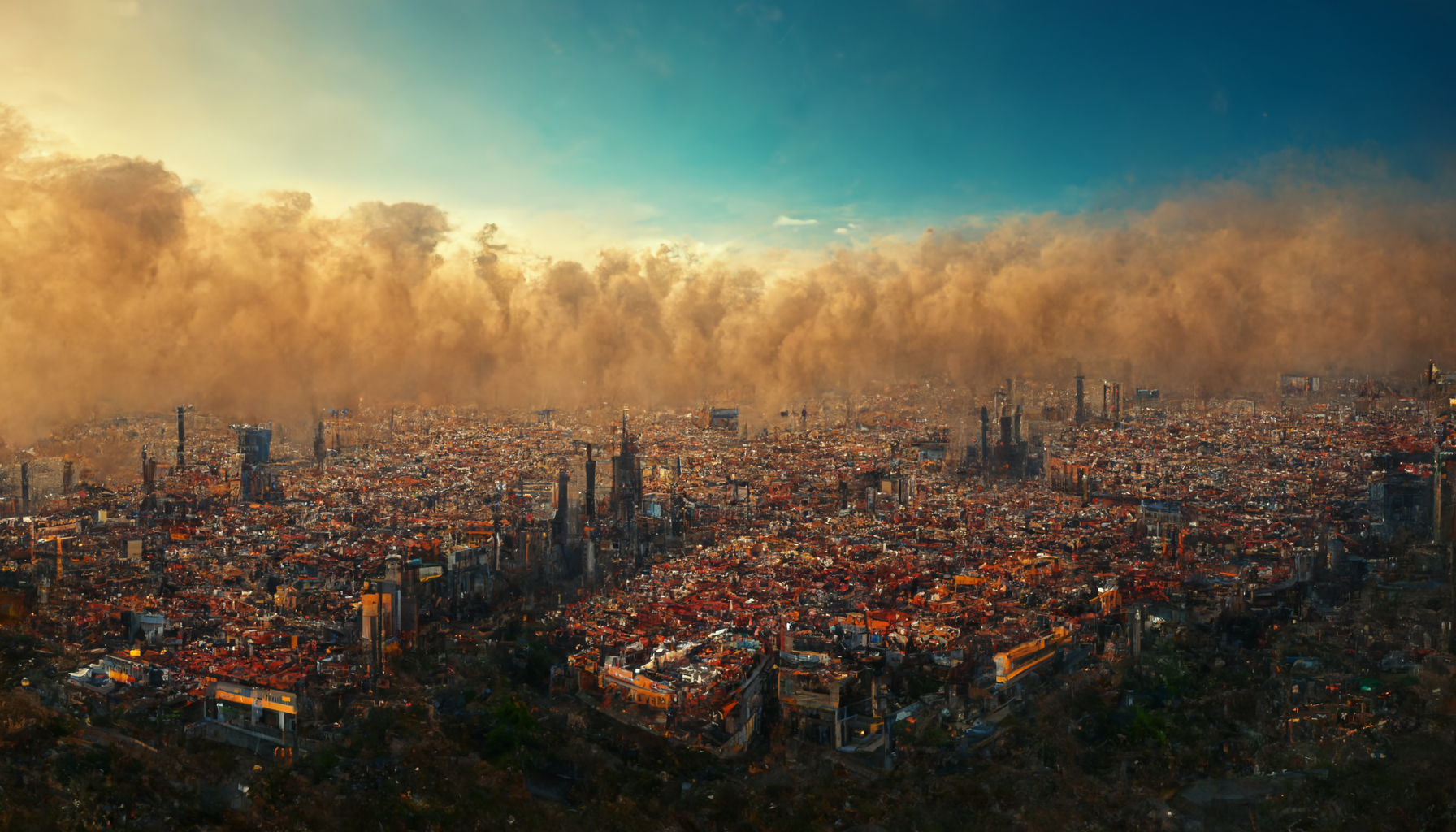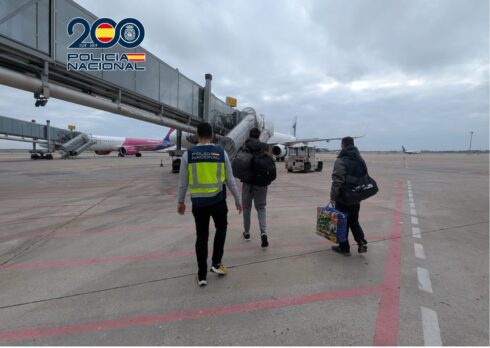Barcelona, the glittering jewel of the western Mediterranean, could be enshrouded in clouds of thick toxic smog, see its green spaces wither away and all of its most beautiful beaches lost by the year 2100, according to a new, AI-powered model of future climate change.
A worse-case-scenario AI-generated image shows the Catalan capital’s iconic Eixample neighbourhood and its grid layout ringed by a thick and oppressive cloud of smog as the skyline is lost in the pollution.
The home of FC Barca is famous for its seafront setting and mountainous rear, but these could all be lost to the pollution that would also clog the spires of the Sagrada Familia and the upper floors of the distinctively-shaped Torre Glòries.
And while Barcelona is no stranger to hot, sticky summers marked by drought, over the coming century the city could face prolonged periods of heatwaves that result in desertification of the coastal land that it resides on.
Other threats include rising sea levels and flooding, wildfires in the surrounding hills, and a degradation in infrastructure, health and living standards of the city’s predicted six million inhabitants by 2100.
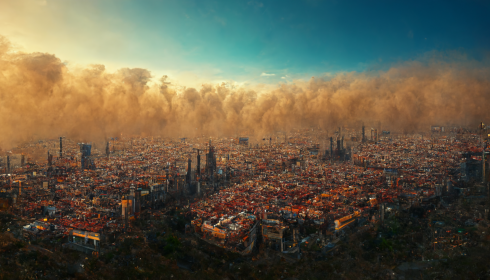
In the most pessimistic scenario, rising sea levels would see the promenades at the beaches of Sant Sebastià and Sant Miquel become submerged and entombed as permanent new additions to the Mediterranean, according to the Catalan government’s own forecasts.
The beaches of Barceloneta and Mar Bella would also be lost under the waves, with businesses and premises located at the foot of the sand under threat.
However, if people start to make changes, Barcelona could return to a clean-sky and glistening water city, according to the net-zero experts at Uswitch, who authored the report using the AI tool Midjourney.
While AI suggests extreme smog due to air pollution, floods and desertification, Uswitch also tasked the tool to envision a best-case scenario for the future should the goals of Net Zero be achieved.
The more positive results showcased clear skies and the return of wildlife to densely populated cities. By prioritising the eco-credentials of each place, AI predicts much greener areas with less devastating environmental impacts.
Currently, the Earth is already about 1.1°C warmer than it was in the late 1800s, and emissions continue to rise. To keep global warming to no more than 1.5°C – as called for in the Paris Agreement – emissions need to be reduced by 45% by 2030 and reach net zero by 2050.
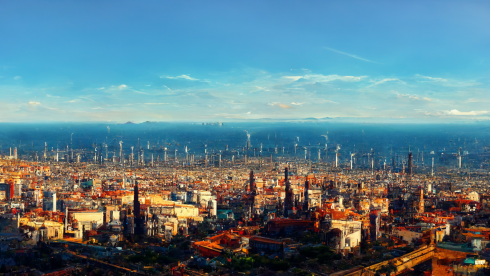
That means that by 2050, countries don’t produce more emissions than they can remove from the atmosphere.
Spain’s CO2 emissions per capita have dropped from a record high of 8.4 tonnes in 2005 (369 million tonnes in total) to a more respectable 4.47 tonnes per person (209 million tonnes in total) in 2020 – a drop of 46% over 15 years, according to Our World in Data.
Ben Gallizzi, energy expert at Uswitch.com comments: “From individual households to the businesses we work for, there are many ways we are contributing to increasing CO2 emissions on the planet.
“And there are some simple ways we can try and reduce our carbon footprint to help prevent things such as species from going extinct, wildfires ruining ecosystems, and rising sea levels.
“These small changes could be as simple as reducing the number of days we commute by car, reassessing the type and amount of food we eat or making our homes more energy efficient.
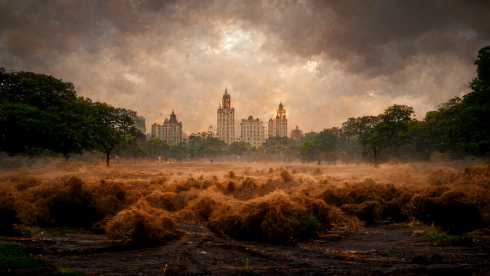
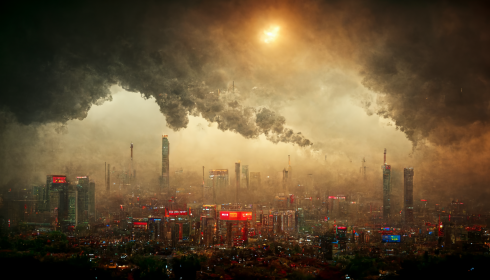
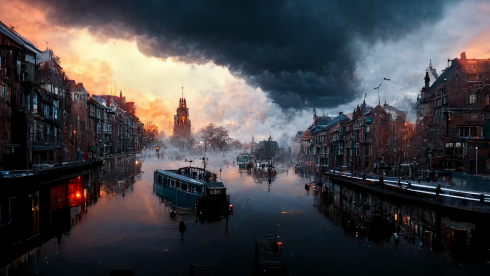
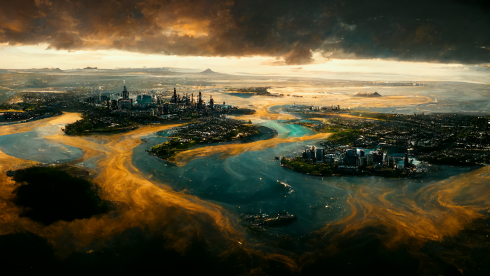
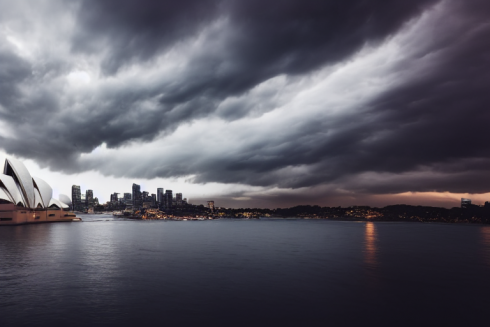
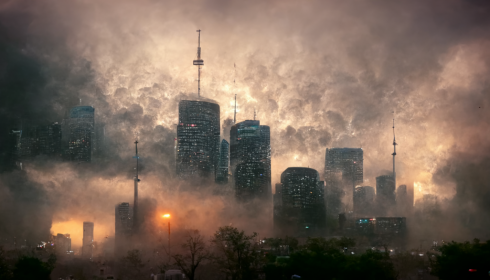
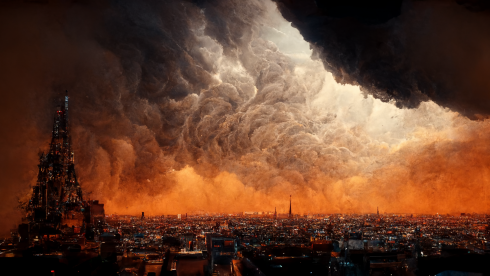
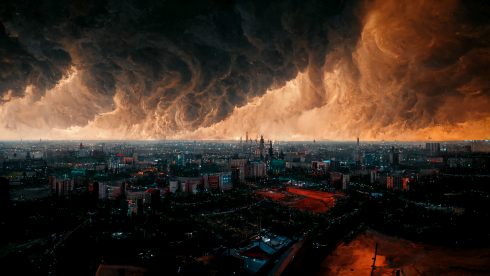
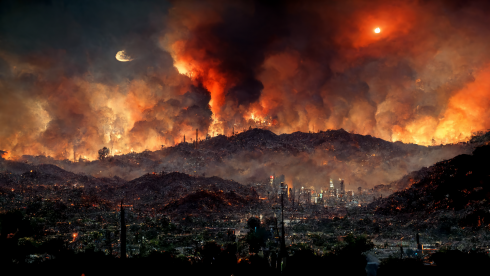
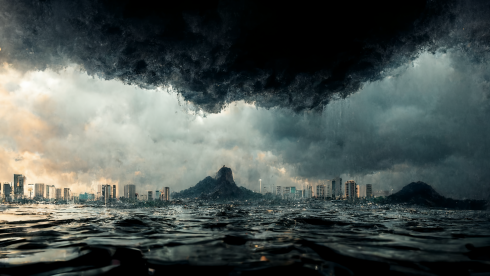
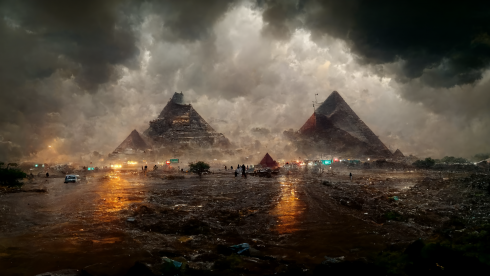
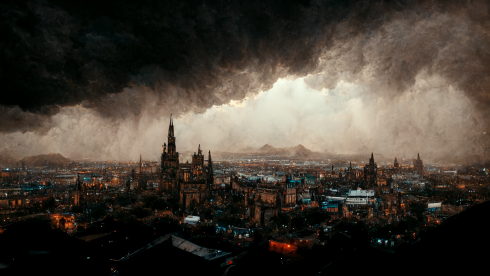
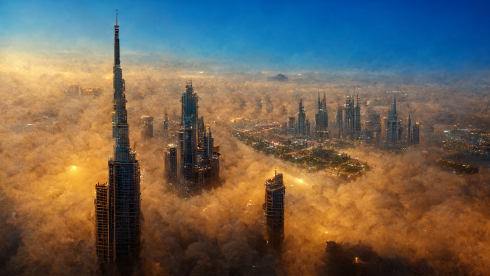
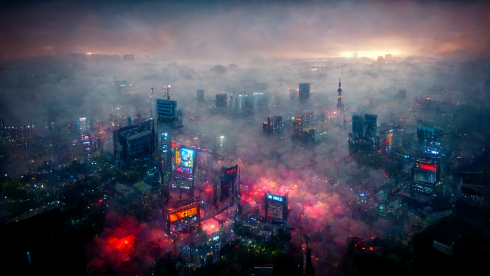
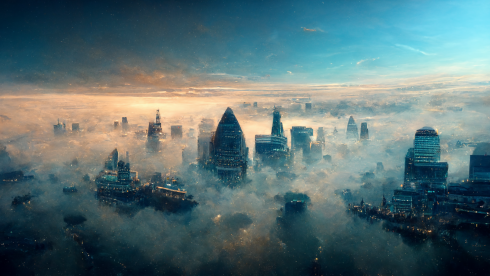
“If countries around the world do not start to change their habits, then the repercussions could lead to many places looking unrecognisable.”
The climate of a number of other world-famous cities have also been modelled. These places include Agra, Auckland, Barcelona, Beijing, Berlin, Dubai, Edinburgh, Giza, Kruger National Park (South Africa), London, Los Angeles, Mexico City, Moscow, New York, Paris, Rio de Janeiro, Sydney, Tokyo, and Toronto.
London is predicted to see a rise in summer temperatures of 3°C by mid-century, with a dramatic drop in air quality, an increase in pollution, droughts and previously unheard of wildfires.
Climate change is expected to make Toronto’s weather hotter, wetter, and more extreme in the years to come, so to get to Net Zero by the 2040 goal, fossil fuels used in Canadian homes, corporations and vehicles are being completely phased out over the next two decades.
And New York, like most business hub cities, has been heavily polluted by emissions from the daily commute. The AI images predict that if things are to continue and if we do not achieve Net Zero by 2050, then New York’s leafy Central Park could end up in a permanent drought state.
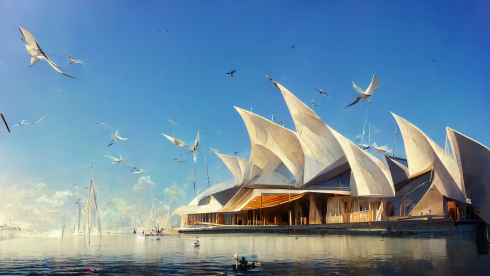
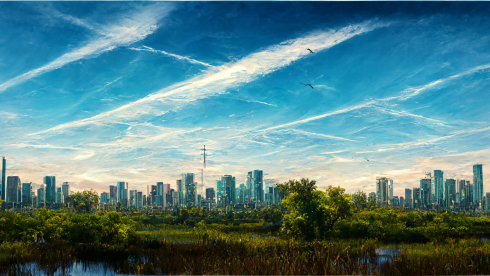
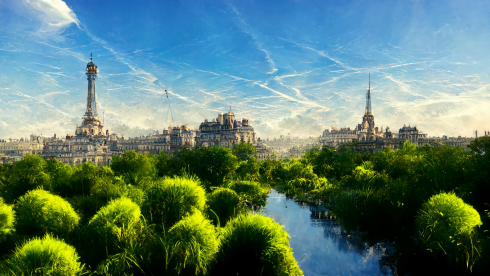
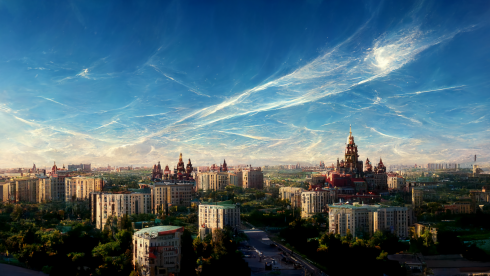
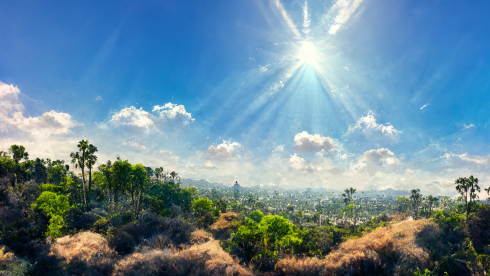
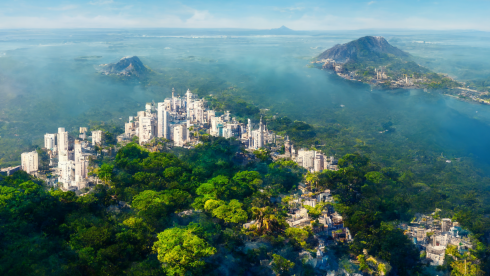

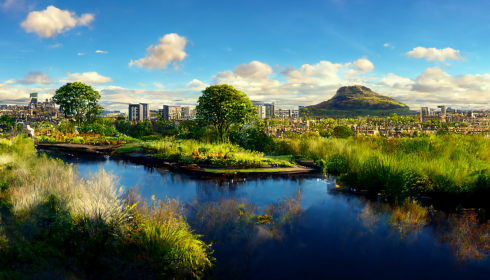
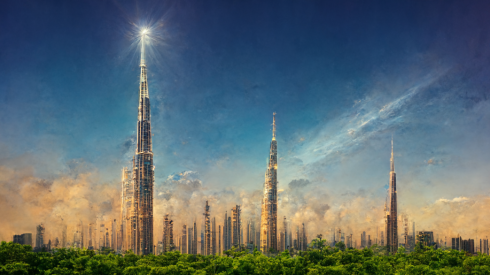

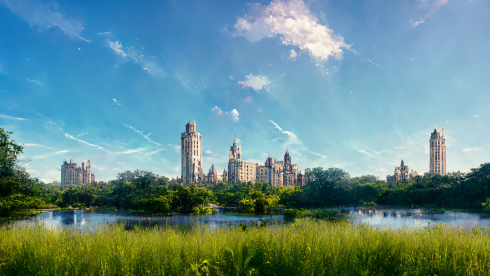
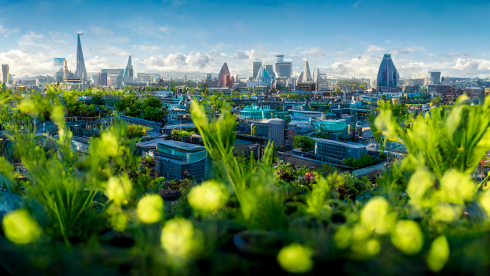

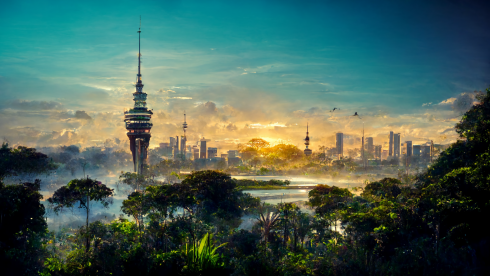
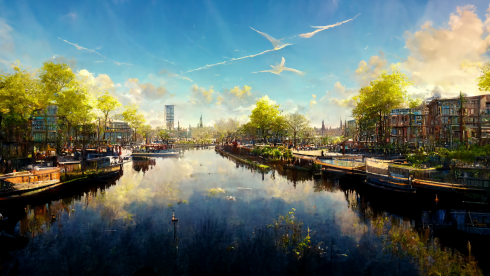
The AI predicts the risk of flooding in major places around the world, including Agra, Amsterdam and Rio de Janeiro.
Extreme pollution could affect famous cities such as London, Barcelona, Berlin and Tokyo, and more extreme wildfires could hit Los Angeles following its recent extreme temperatures over the last two years.
But none of these doomsday forecasts are bound to happen, and a greener, happier future is also predicted, if as a planet we can just reach net zero before 2050.

